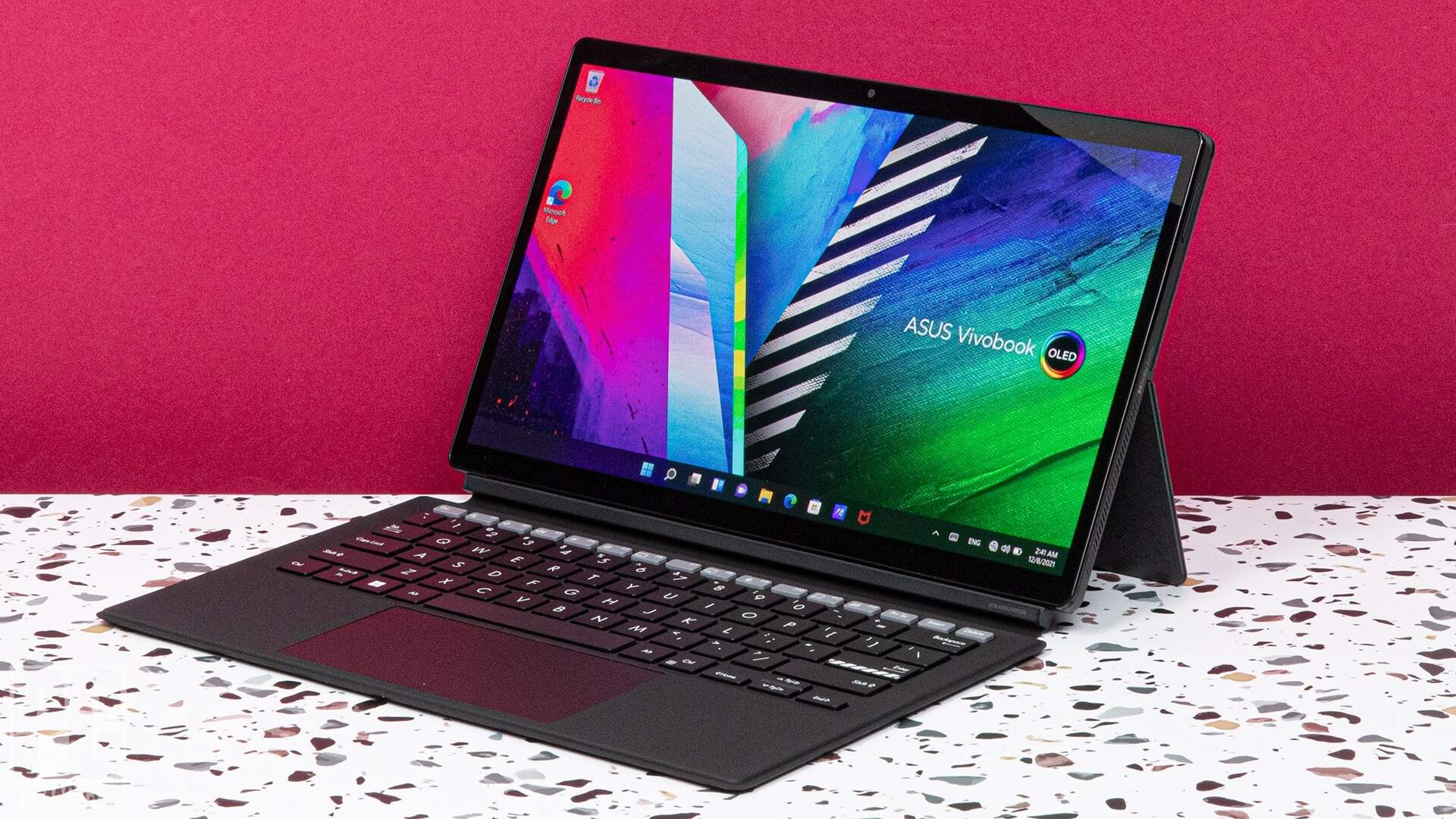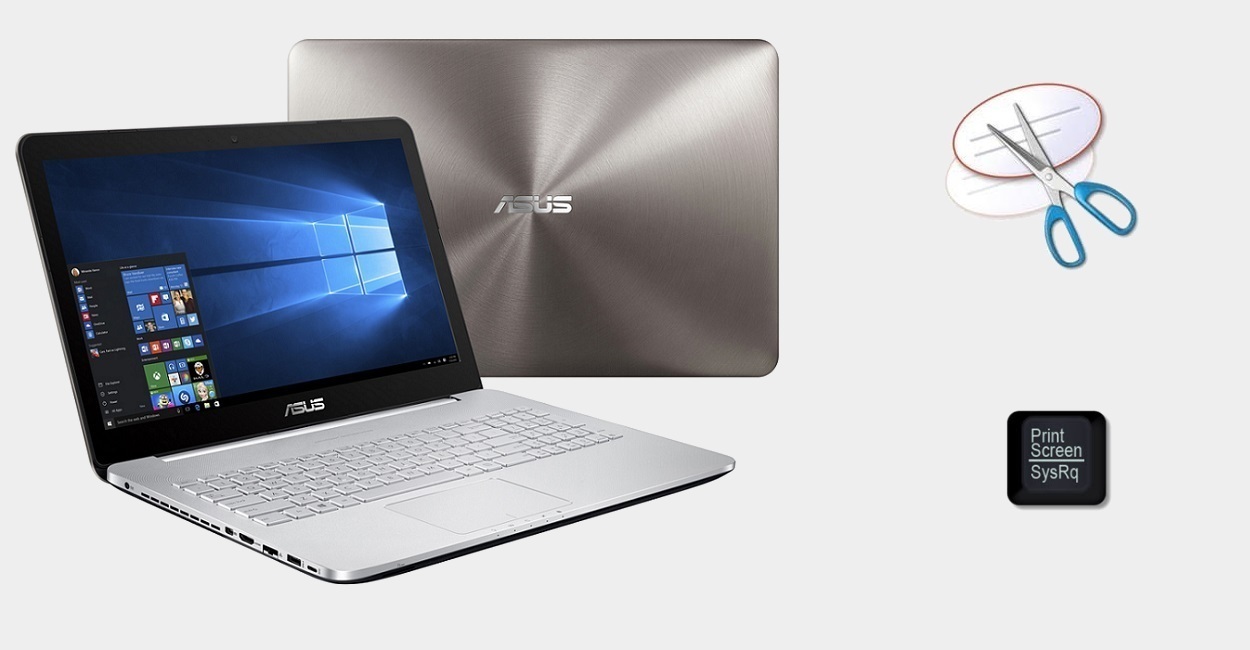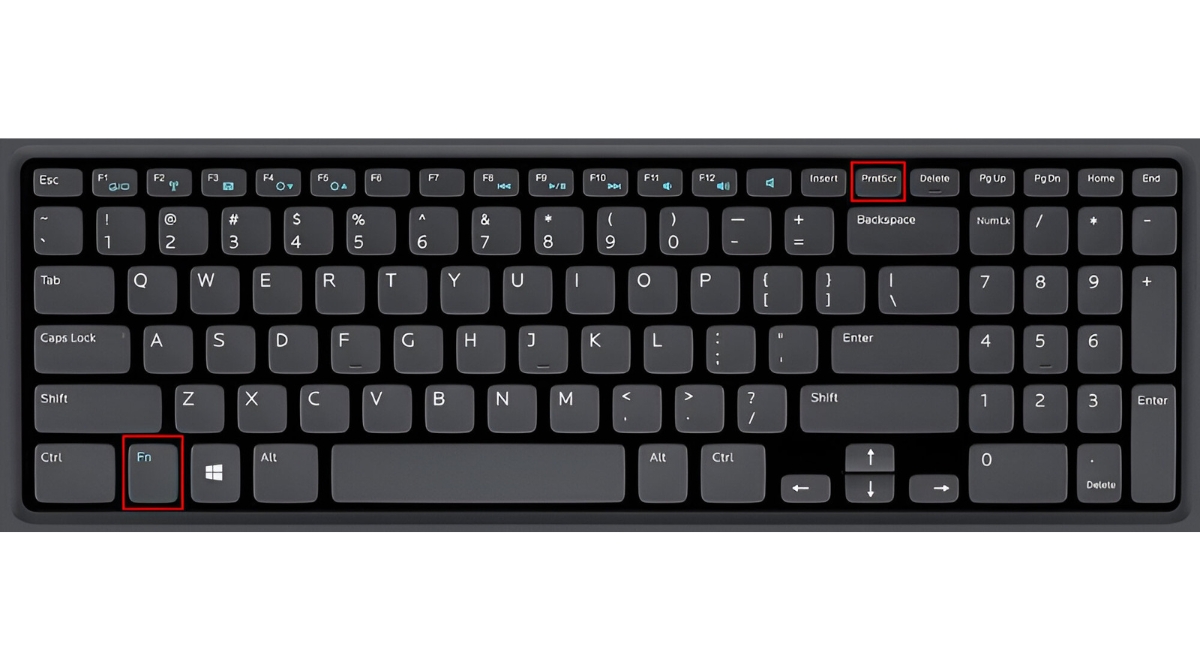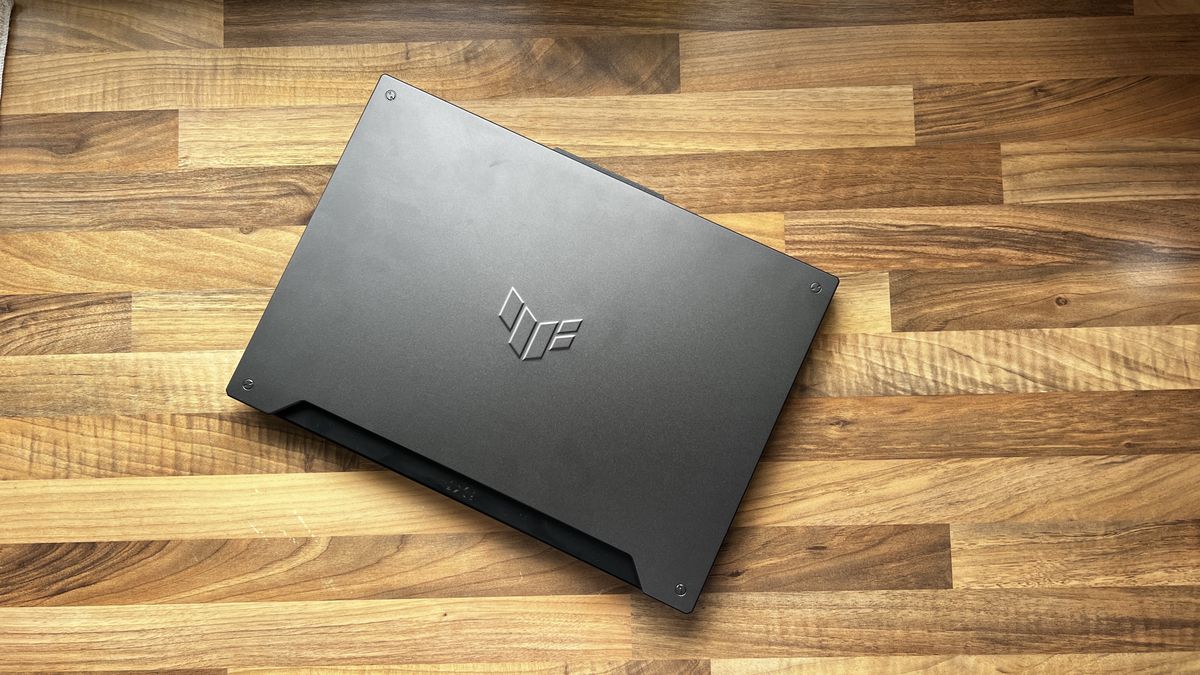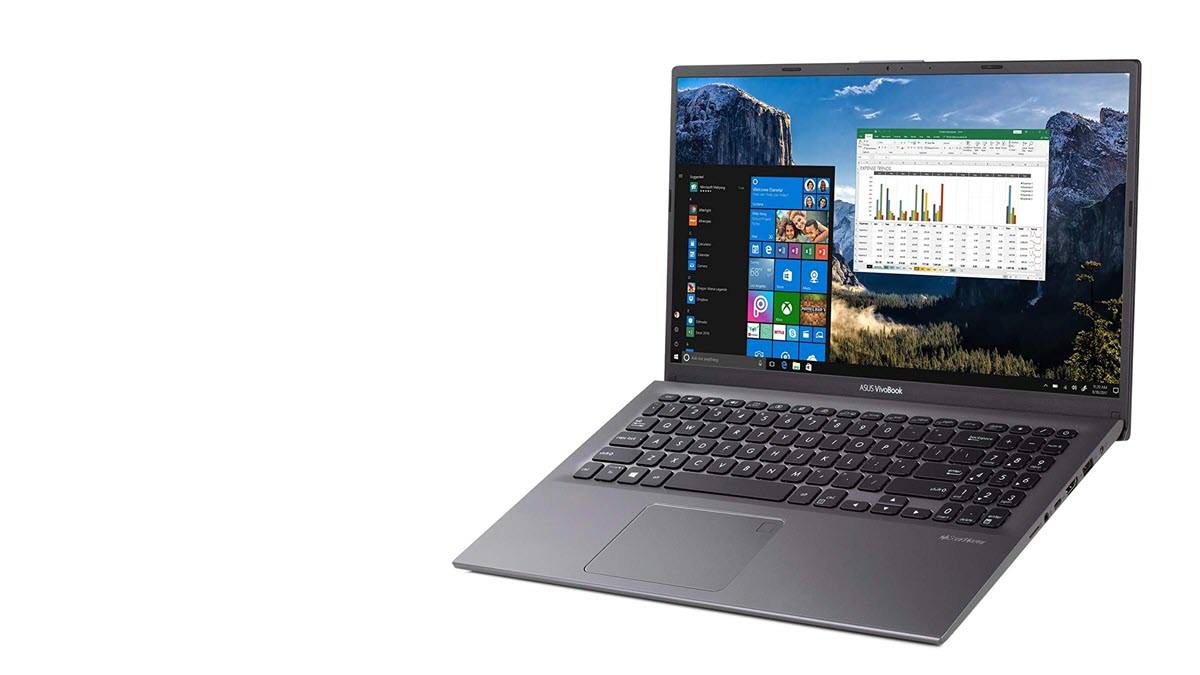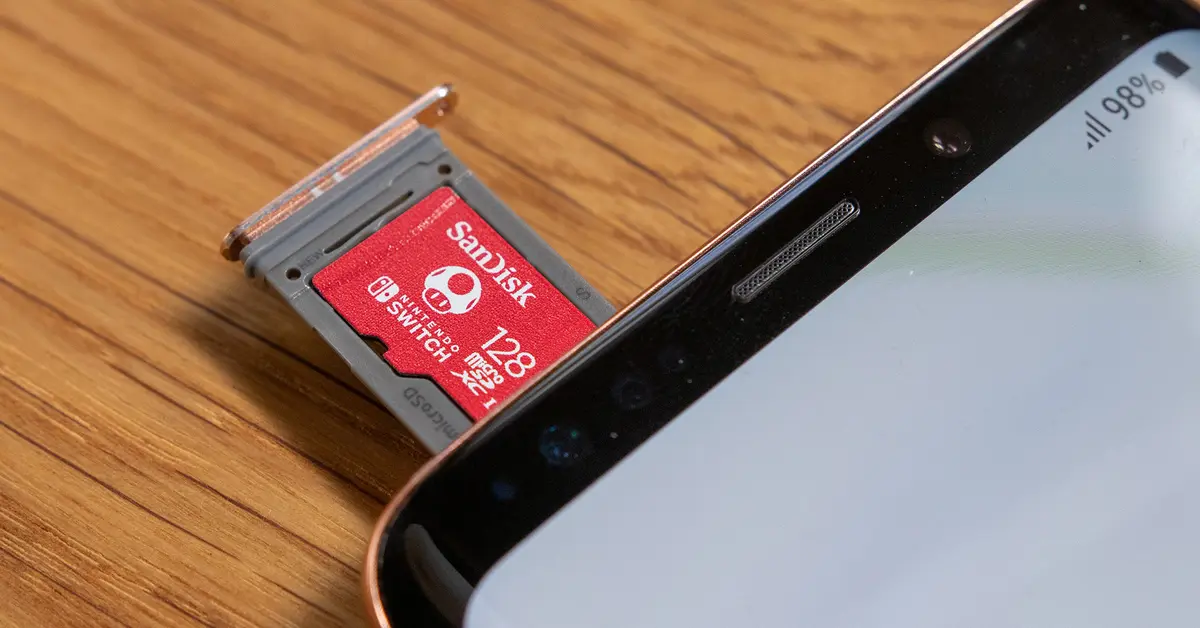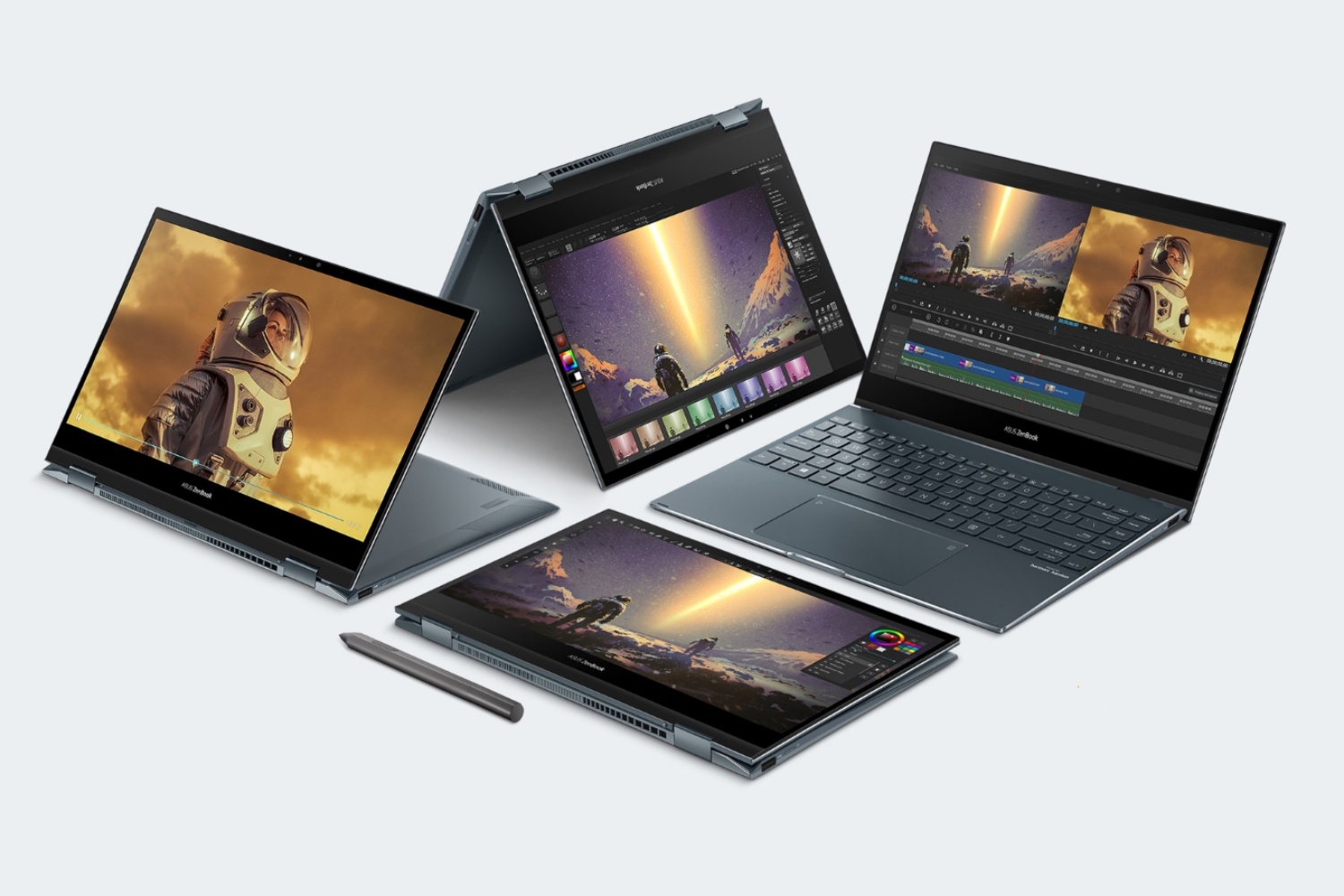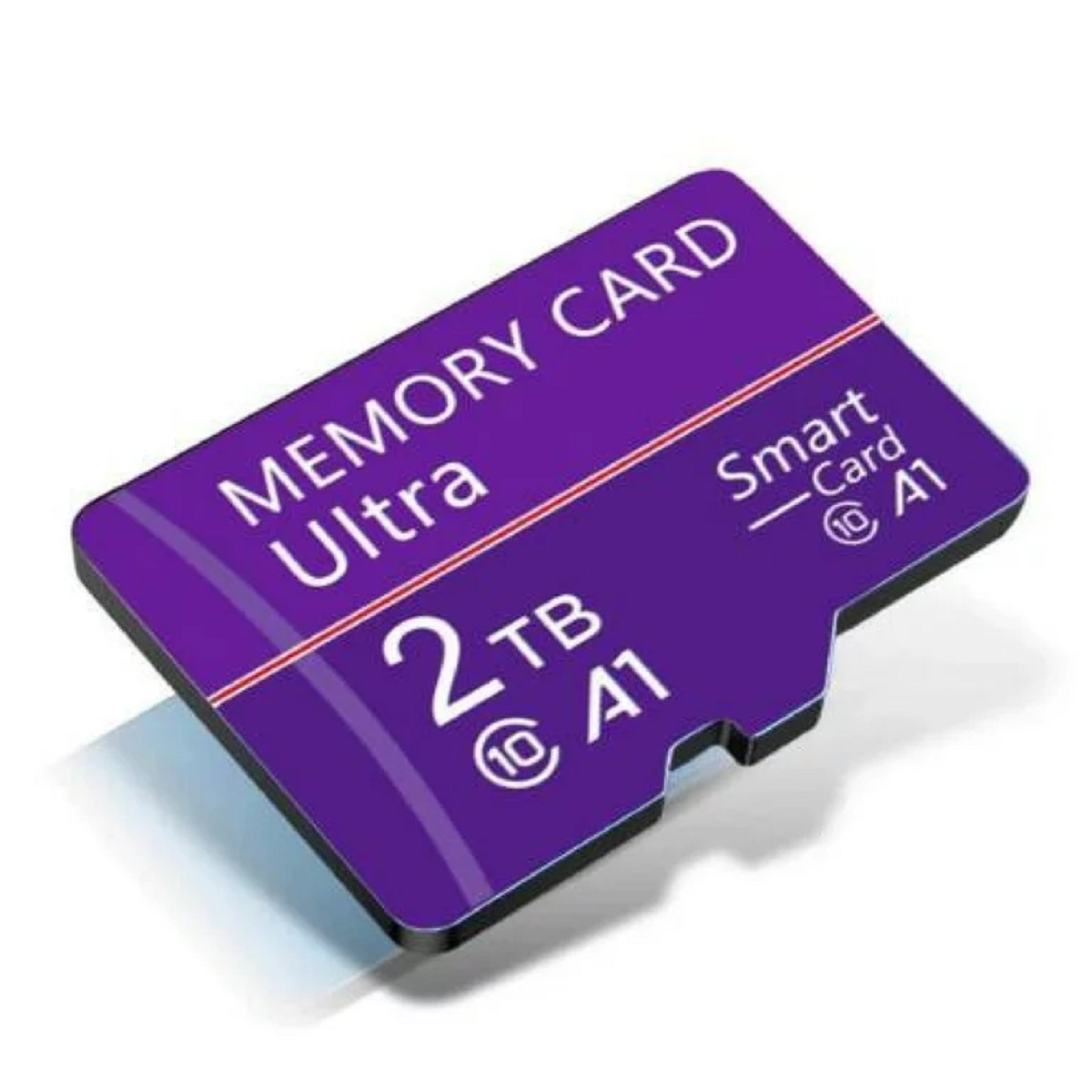Introduction
Welcome to this guide on how to take a screenshot on your Asus tablet. Whether you want to capture a funny meme, save an important document, or share a memorable moment from a video, taking a screenshot is a handy feature that allows you to capture and keep a static image of your screen.
Asus tablets offer different methods to take screenshots, and in this article, we will explore each of these methods. From using physical buttons to utilizing the Quick Settings panel, or even leveraging the screenshot gesture feature, we will cover them all.
In addition, we will discuss the option of using third-party apps for taking screenshots on your Asus tablet. These apps may offer additional features and customization options compared to the native methods provided by Asus.
Whether you have an Asus ZenPad, Transformer Pad, or any other model, the methods outlined in this guide should work universally across Asus tablets. So, let’s dive in and explore the various ways you can capture screenshots on your Asus tablet.
Method 1: Using Physical Buttons
One of the most common and straightforward ways to take a screenshot on an Asus tablet is by using the physical buttons. Here’s how to do it:
- Open the screen or app you want to capture on your Asus tablet.
- Locate the Power and Volume Down buttons on your device. The exact placement may vary depending on the model and design of your Asus tablet.
- Simultaneously press and hold the Power and Volume Down buttons until you see a flash or hear a camera shutter sound. This indicates that the screenshot has been successfully captured.
- The screenshot will be saved in your device’s gallery or screenshots folder, where you can access and view it later.
Using physical buttons to take a screenshot is quick and easy. However, make sure to press the buttons simultaneously and hold them long enough to capture the screenshot successfully.
It’s worth noting that if your Asus tablet has a physical home button instead of capacitive buttons, you may need to use a slightly different method. Instead of pressing the Power and Volume Down buttons, you would press the Power and Home buttons simultaneously to capture the screenshot.
Now that you know how to capture a screenshot using the physical buttons on your Asus tablet, let’s explore another method in the next section.
Method 2: Using the Quick Settings Panel
If you prefer a more convenient and accessible way to take screenshots on your Asus tablet, using the Quick Settings panel is a great option. Here’s a step-by-step guide:
- Open the screen or app you want to capture on your Asus tablet.
- Swipe down from the top of your tablet’s screen to access the Quick Settings panel.
- Look for the “Screenshot” or “Screenshot capture” icon in the Quick Settings panel. It is usually represented by a camera or a phone screen with a line across it.
- Tap on the “Screenshot” icon, and the screen will flash or display a quick animation to indicate that the screenshot has been taken.
- Once captured, you can find the screenshot in your tablet’s gallery or screenshots folder for easy access.
Using the Quick Settings panel to take screenshots offers the advantage of a more intuitive and easily accessible method. It eliminates the need to locate and press specific physical buttons, making it convenient for quick captures.
Do keep in mind that the availability and position of the screenshot icon in the Quick Settings panel may vary depending on the version of Android and the customized user interface on your Asus tablet. However, most recent models should have this option readily available.
Now that you know how to use the Quick Settings panel to capture screenshots on your Asus tablet, let’s move on to the next method: the screenshot gesture.
Method 3: Using the Screenshot Gesture
Asus tablets offer a convenient gesture feature that allows you to capture a screenshot with a simple swipe on the screen. Here’s how you can use the screenshot gesture on your Asus tablet:
- Ensure that the screenshot gesture feature is enabled on your device. You can check this by going to the “Settings” menu and selecting “Gestures” or “Advanced Settings” (depending on your tablet’s configuration).
- Open the screen or app you want to capture.
- Place three fingers (such as your thumb, index, and middle finger) on the screen.
- Swipe your fingers downward or across the screen in one smooth motion, similar to dragging or scrolling.
- Your Asus tablet will capture the screenshot, and a preview or notification may briefly appear to confirm the successful capture.
- You can find the screenshot in your tablet’s gallery or screenshots folder for easy access and sharing.
The screenshot gesture is a convenient and efficient way to capture screenshots on your Asus tablet. It allows for quick and effortless captures without the need for physical buttons or accessing the Quick Settings panel.
However, it is important to note that the availability of the screenshot gesture feature may vary depending on the model and software version of your Asus tablet. Nevertheless, if your device supports this feature, it can be a valuable tool for taking screenshots.
With the screenshot gesture method covered, let’s explore an alternative option in the next section: using third-party apps for capturing screenshots on your Asus tablet.
Method 4: Using Third-Party Apps
If you’re looking for more advanced features and customization options for capturing screenshots on your Asus tablet, using third-party apps may be the ideal solution. Here’s how you can utilize third-party apps to take screenshots:
- Open the Google Play Store on your Asus tablet.
- Search for “screenshot apps” or “screen capture apps”.
- Browse through the available options and choose an app that suits your preferences. Popular choices include “Screenshot Easy”, “Screen Master”, or “Screener”.
- Click on the app’s listing to view more details, including user reviews and feature descriptions.
- Once you have selected an app, click on the “Install” button to download and install it on your Asus tablet.
- Open the app and follow the on-screen instructions or settings to configure it as per your requirements.
- Depending on the app’s functionality and design, you can capture screenshots using the app’s dedicated capture button, floating widget, or even by customizing gestures.
- After capturing a screenshot, the app may provide additional options such as cropping, editing, adding annotations, or direct sharing to various platforms.
Using third-party apps provides you with the flexibility to choose from a wide range of screenshot apps that offer different features and functionality. These apps often provide more options for editing and sharing screenshots, making them a popular choice among users who require more than just basic screen-capture capabilities.
It’s important to note that while third-party apps can enhance your screenshot-taking experience, they may also require additional permissions or advertisements. Make sure to read user reviews and consider the app’s reputation before downloading and using it on your Asus tablet.
Now that you are aware of the different methods available, you can choose the one that suits your preference and needs to take screenshots on your Asus tablet.
Conclusion
Capturing screenshots on your Asus tablet is a useful feature that allows you to capture and save images of your screen. In this guide, we explored several methods to take screenshots on your Asus tablet, including using physical buttons, the Quick Settings panel, the screenshot gesture, and third-party apps.
Using the physical buttons on your Asus tablet is a simple and reliable method. By pressing and holding the Power and Volume Down buttons simultaneously, you can quickly capture a screenshot. This method works well across different models of Asus tablets.
The Quick Settings panel provides a convenient and easily accessible way to take screenshots. By swiping down on your tablet’s screen and tapping the screenshot icon, you can capture screenshots without the need to locate physical buttons.
If your Asus tablet supports it, you can also use the screenshot gesture feature for effortless captures. By placing three fingers on the screen and swiping downwards or across, capturing screenshots becomes a smooth and intuitive process.
If you’re looking for advanced features and customization options, third-party apps can be a great choice. With a wide range of screenshot apps available on the Google Play Store, you can find apps that offer additional functionalities, such as editing, cropping, and direct sharing options.
Now that you are familiar with the different methods available, you can choose the one that best suits your preferences and needs when it comes to capturing screenshots on your Asus tablet. Whichever method you choose, you can now easily capture and save those important moments or share interesting content with friends and family.







